
EWG has found 138 people who have received taxpayer-funded farm subsidies or disaster payments for 37 consecutive years – even though they live in some of the nation’s 50 largest cities or wealthy beach towns, rather than on the farms they own.
These individuals took in a total of $34 million between 1985 and 2021, including one who received $2.4 million over that period.
Nationwide, almost 20,000 people collected taxpayer-funded federal farm subsidies or disaster relief payments every year between 1985 and 2021, according to data EWG obtained from the Department of Agriculture.
Most of them live and work on farms. But according to the law, urban and non-farm residents can receive farm subsidies even if they do not live or work on a farm.
Farm subsidy recipients must be “actively engaged” in farming, but many do not live or work on farms. The Government Accountability Office recently found that roughly one-fourth of farm subsidy recipients do not contribute personal labor to farms.
The lack of an income or eligibility test – or one that is meaningful in any way – highlights disparities in our food system. By contrast, anti-hunger assistance programs are subject to much stricter income and asset tests, so poor people remain eligible for these benefits for only 12 months, on average.
As Congress prepares for the 2023 Farm Bill, one important consideration is how the funds can be used to the greatest benefit, for farmers and the environment alike. If farm subsidies were limited as strictly as other assistance programs, that might allow funds to flow towards higher priority projects in the farm bill.
EWG’s investigation found many repeat urban and beach town farm subsidy recipients at addresses in cities including Las Vegas, New York City, the San Francisco Bay Area and Washington, D.C., and in cities in the middle of the country.
Our analysis of all the recipients’ addresses yielded these impressive “farms.”

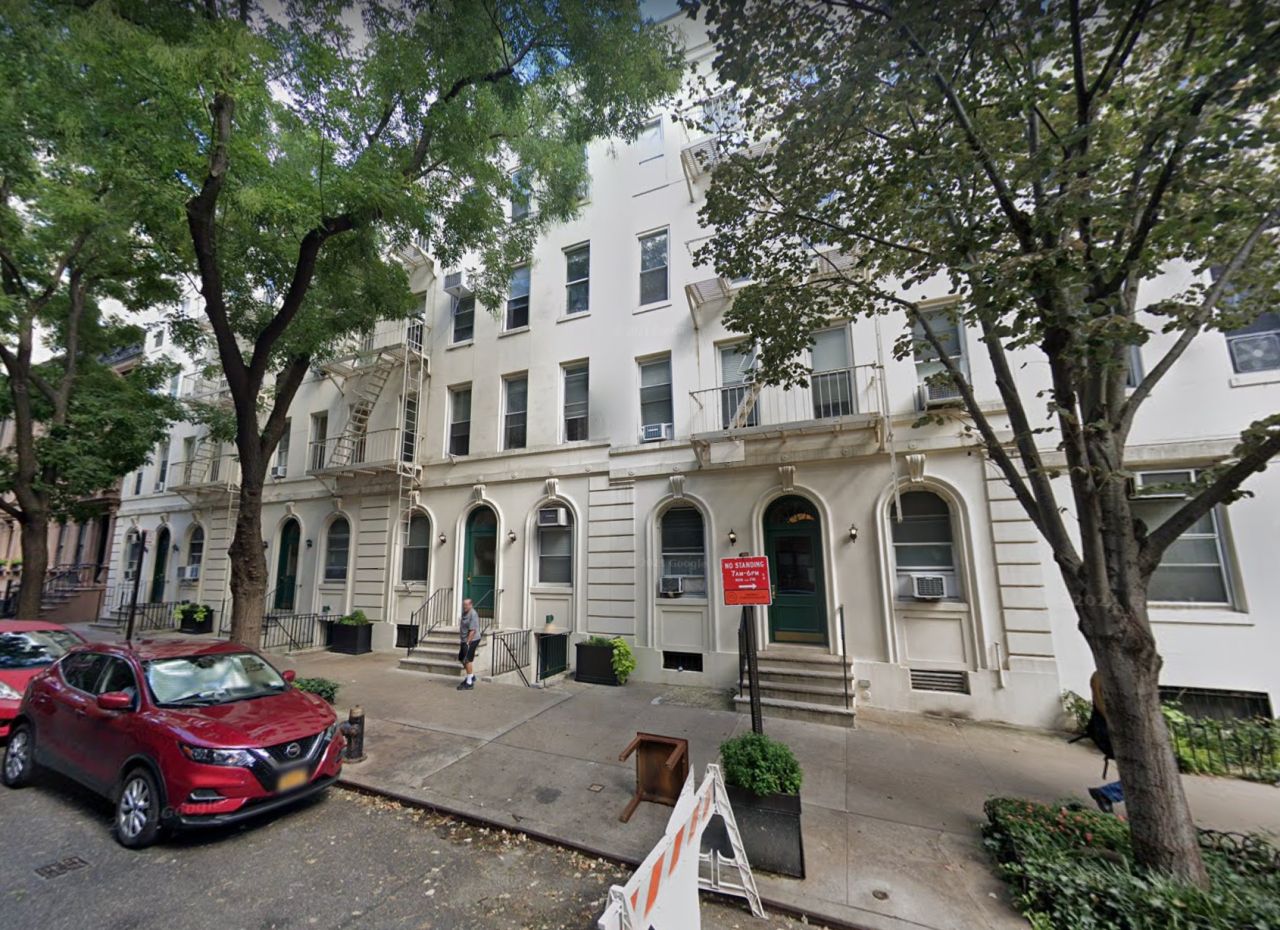
Photos: Mary Currie's home in New York City, via Google, where she received payments for a farm in Arkansas.
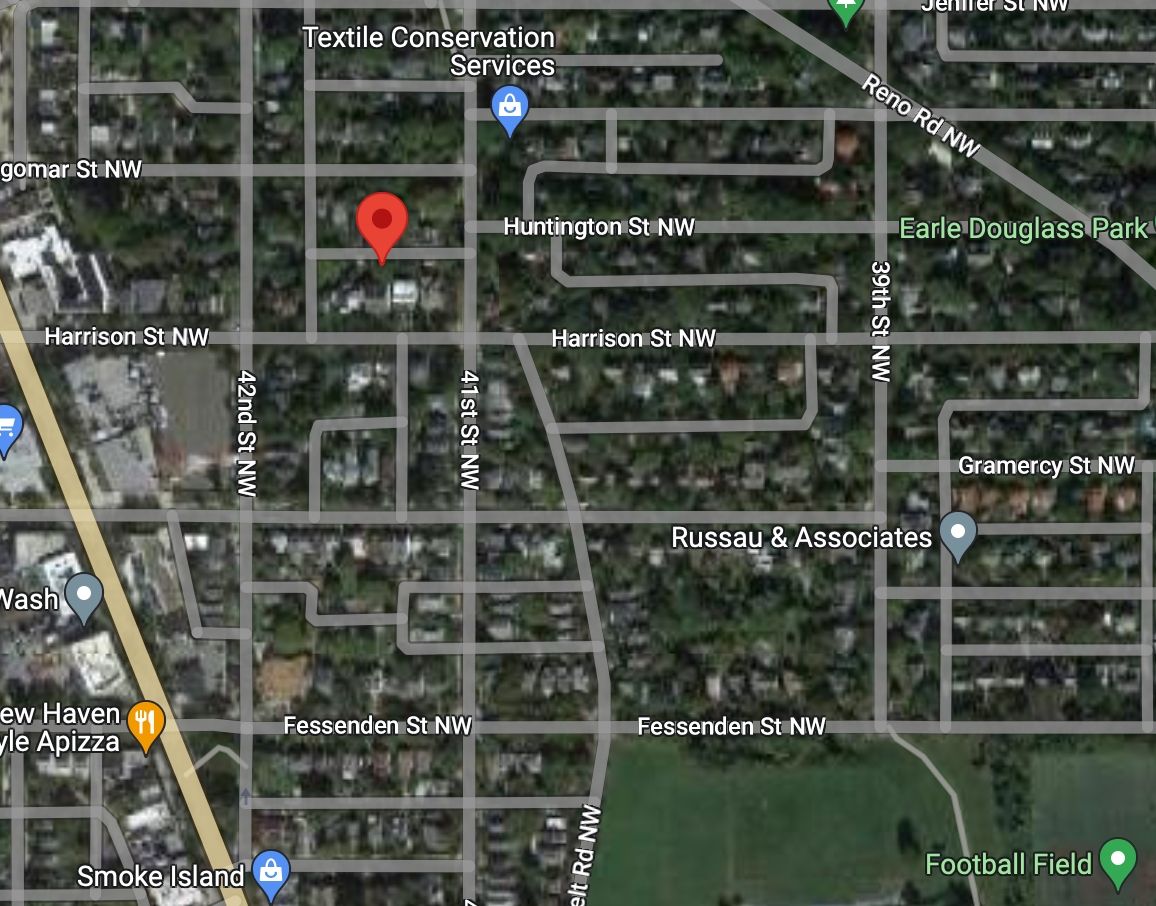
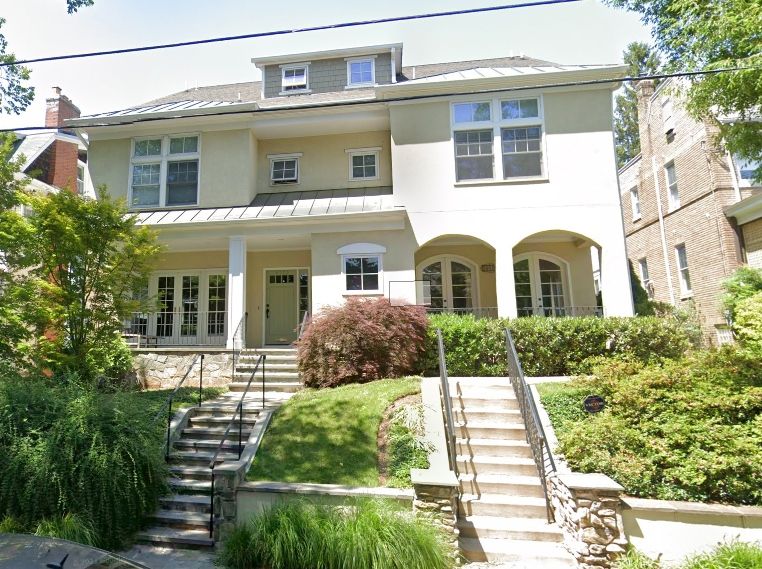
Photos: Gelsthorp Farms in Washington, D.C., via Google, where the resident received payments for farms in Illinois and Kansas.

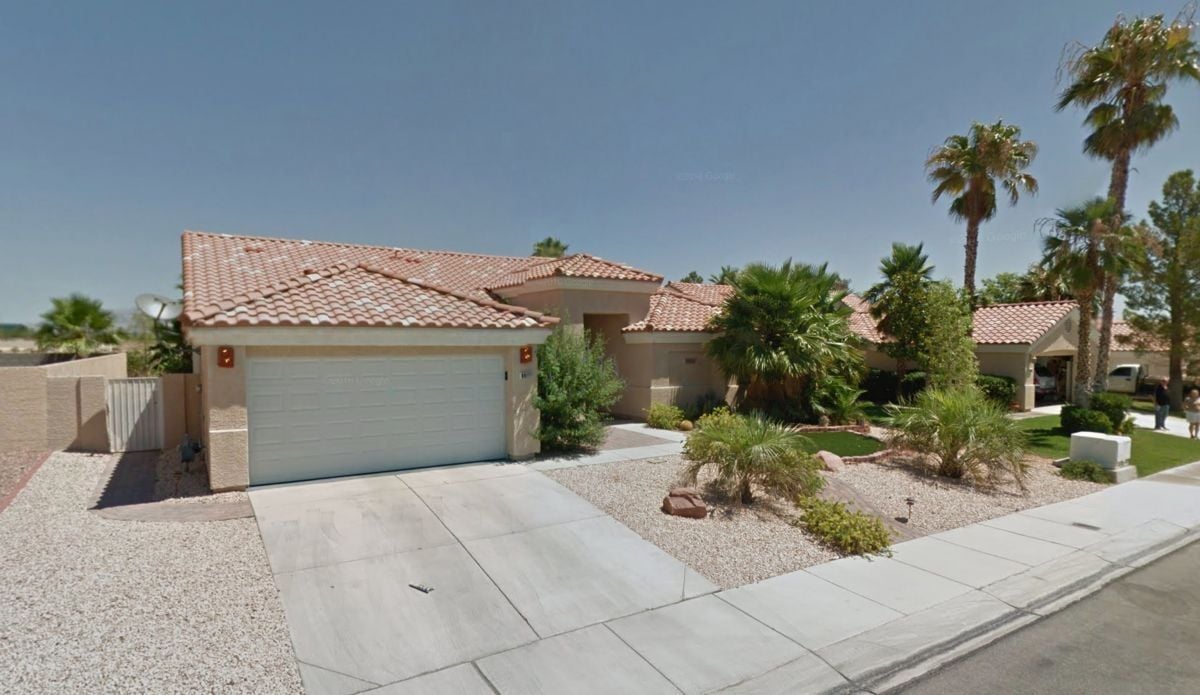
Photos: Annette O. Martin Living Trust's home in Las Vegas, via Google and Zillow, where Martin received payments for a farm in Texas.
One farm subsidy recipient, Daniel Bernard Loepker, lives in a dockside mansion in Fort Myers, Fla., which Zillow estimates to be worth $1.5 million. Loepker has received farm subsidies every year since 1985 totaling $1.9 million and collected payments in Florida since 2016. His mansion includes a pool, hot tub, waterfall, personal covered dock, bonus room with wet bar, elevator, three balconies, 4 HVAC systems, two-car garage, two fireplaces and a massive great room.
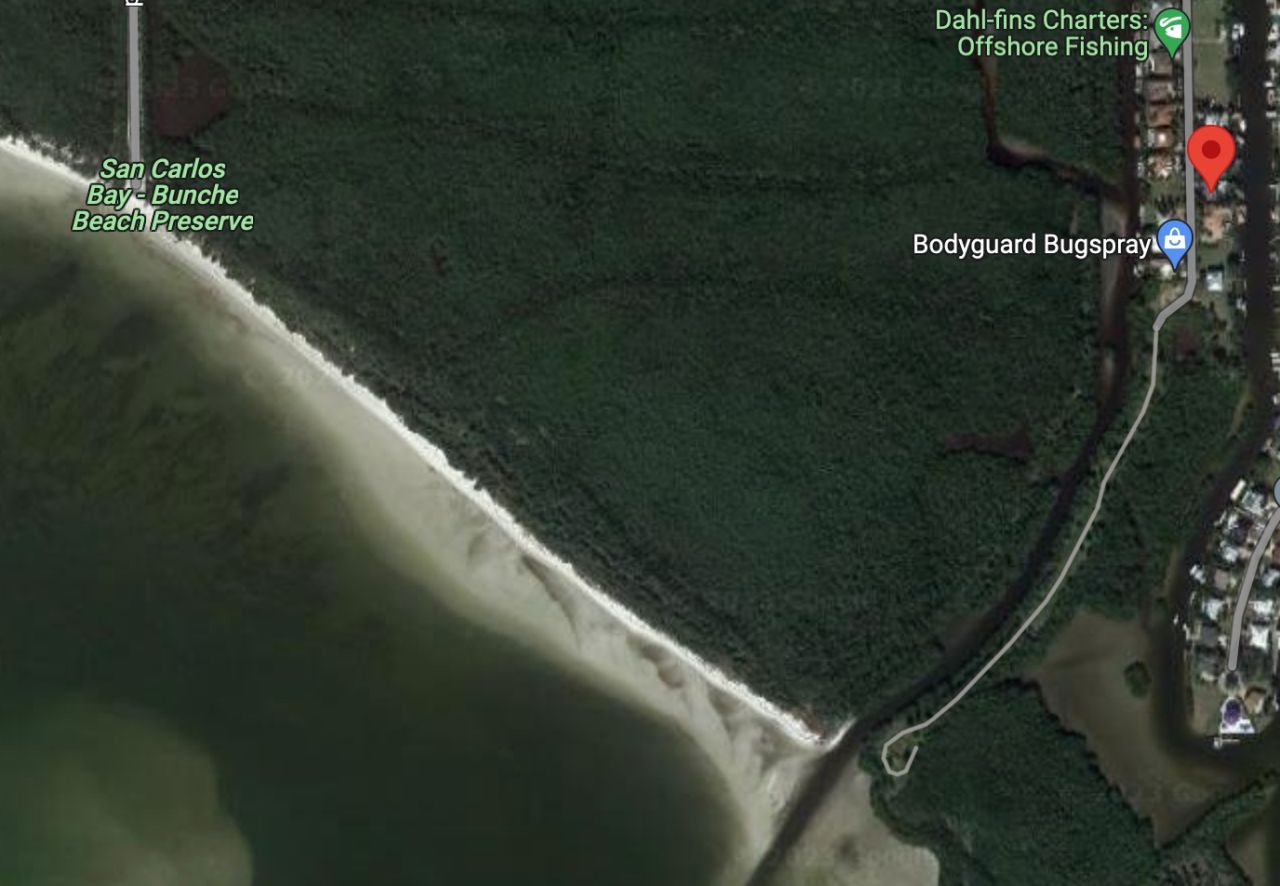
Photo: Daniel B. Loepker’s house in Fort Myers, via Google, where Loepker received payments for a farm in Illinois.
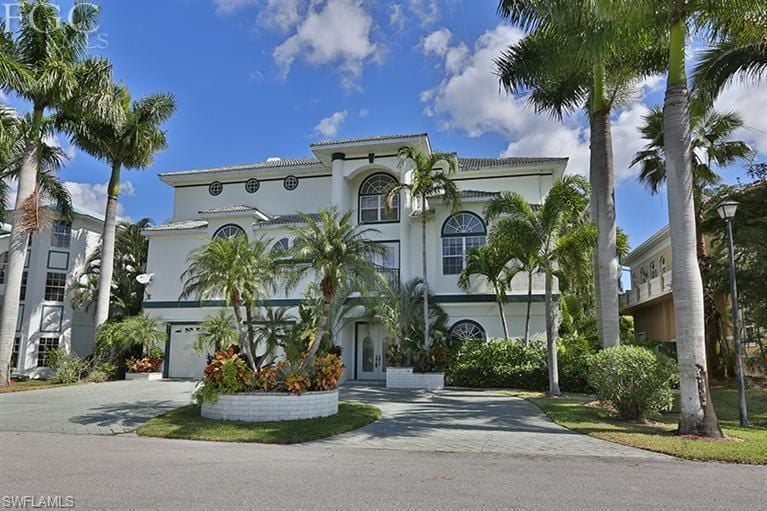
Photo: Loepker’s house in Fort Myers, via Redfin.
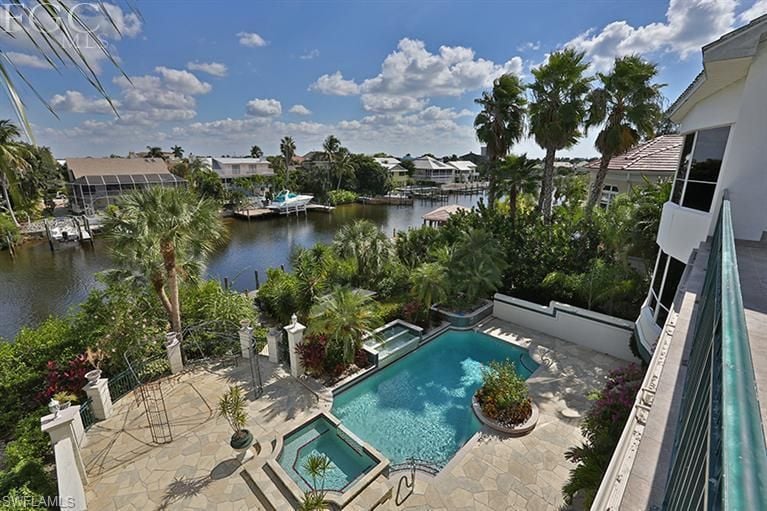
Photo: Loepker’s house in Fort Myers, via Redfin.
Cynthia Cotton lives in a seven-bedroom, five-bath home in Santa Monica, Calif., just blocks from the beach. Zillow estimates it is worth $4.1 million. Cotton has received a farm subsidy payment every year for the past 37 years. She collected more than $200,000 in farm subsidies between 1985 and 2021.
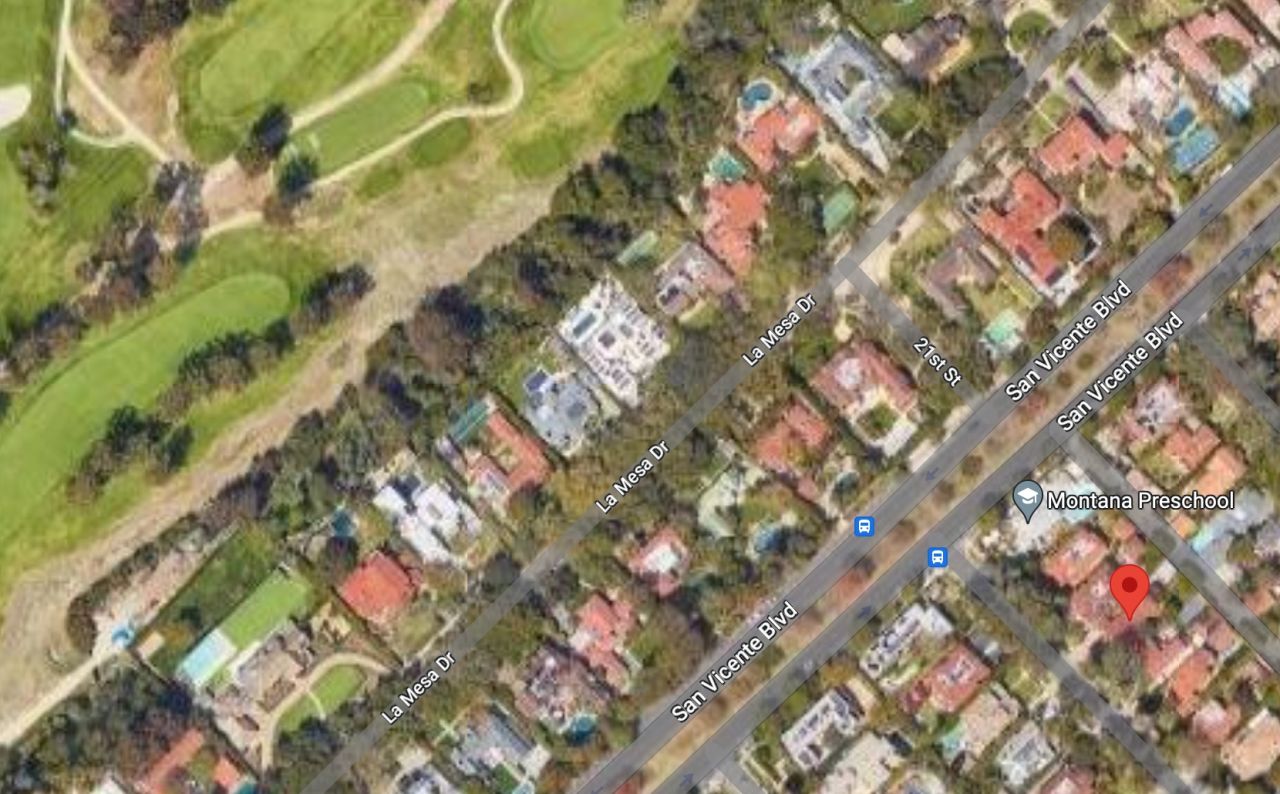
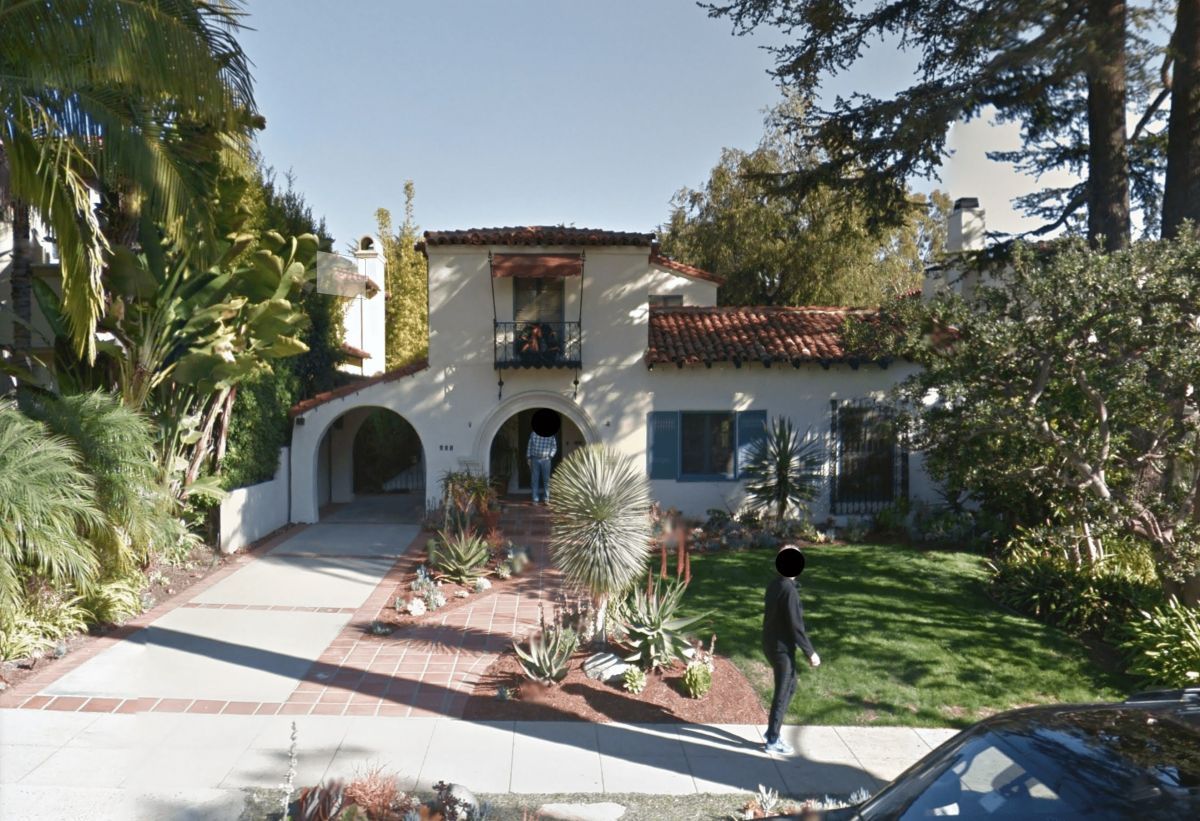
Photo: Cynthia Cotton's home in Santa Monica, Calif. via Google and Zillow, where Cotton received payments for a farm in Texas.
Farmers are also eligible for crop insurance premium subsidies, but federal law governing individual privacy issues bars the USDA from releasing data about individual crop insurance subsidy recipients. EWG did not obtain data on farm subsidies from before 1985.
Rather than closing loopholes that allow city slickers to receive farm subsidies, the 2018 Farm Bill created new subsidy loopholes that allow a farmer’s cousins, nieces and nephews to receive payments, regardless of whether they live or work on the farm.


